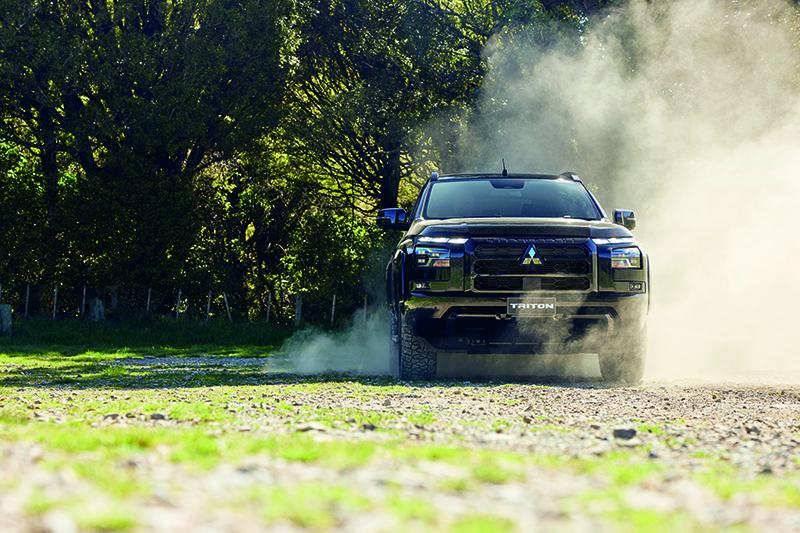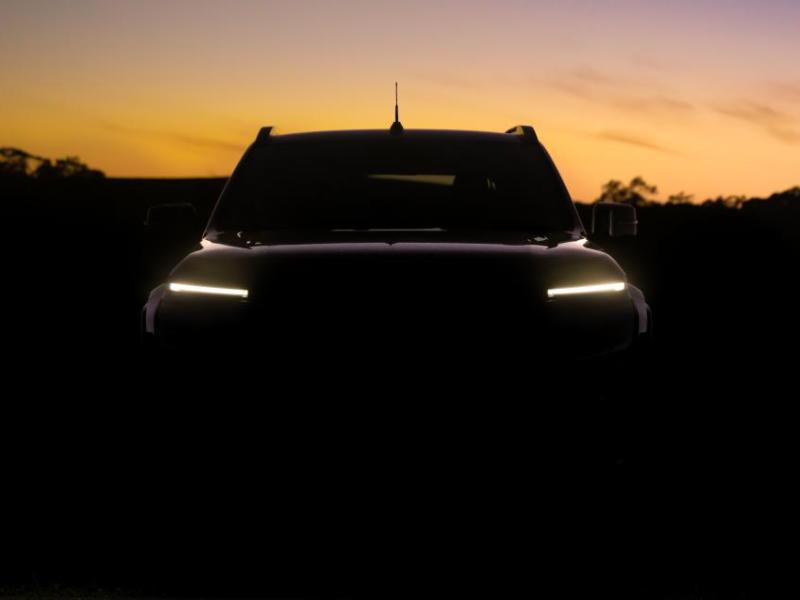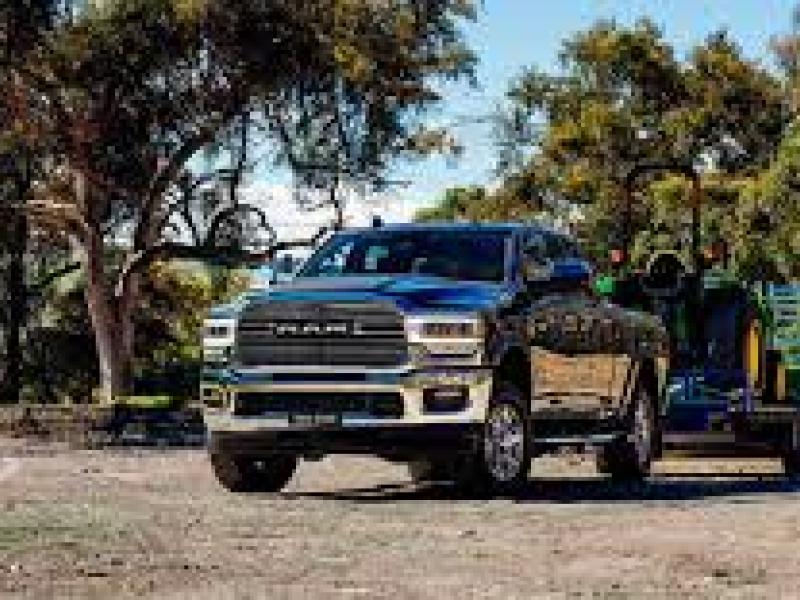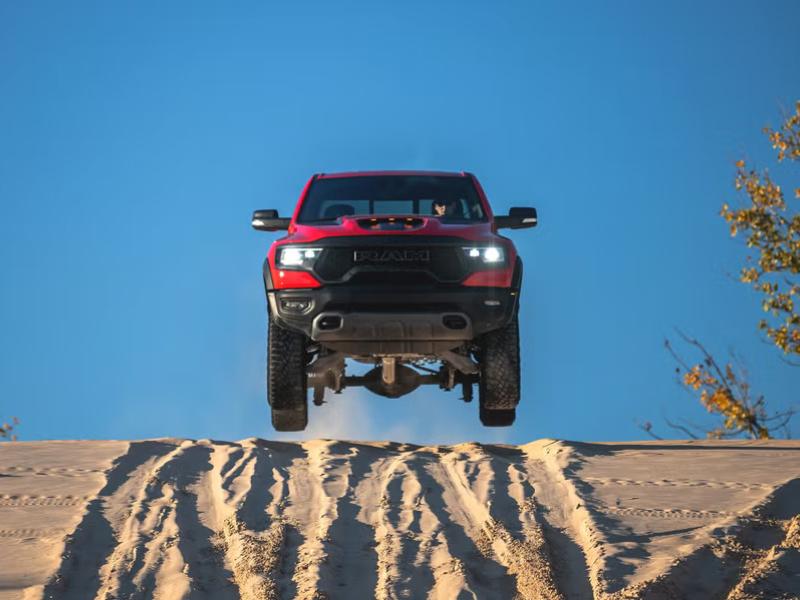New year, smart new look. Mitsubishi’s Triton is going great guns with a comprehensive rework for 2024.
The range will offer RWD models and nine 4WD models, ranging from GLX grade through GLXR and topping out with the slick VRX specification level.
The next-generation Triton’s exterior is all new.
It’s squared-off, edgy. There’s a grille specific to each model.
A black honeycomb-style grille defines the GLX models; a gloss-finish black honeycomb-style grille identifies a GLX. The VRX adopts a body-coloured grille surround.
The headlights have been completely revamped to improve visibility and presence on the road. GLX models have halogen lights. GLXR and VRX take LEDs.
The rear of the cabin and tray have been squared off, improving load capacity even when a canopy is added.
There are cab-chassis models ready for flat-deck trays or service bodies.
Overall length and width have increased compared to the previous Triton. With the wheelbase increased by a huge 130mm, driving stability, and towing performance are improved.
All cab types can fit a Euro-style pallet (1200mm x 800mm) in the tray with bedliner fitted. The cargo bed floor height has been lowered, so it’s easier to load.
Inside, the cabin has been widened and the seat shape/materials have been designed to help drivers and all ‘touch points’ have been redesigned.
As far as body styles go, Triton comes in single cab chassis, ‘Club’ cab chassis and well side, along with the double cab chassis and well side variants.
All models, regardless of body style or specification level run an optimised six-speed automatic transmission. It has been adapted to accommodate the engine’s increased torque output and is lighter than the previous auto.
The 4N16 engine is a 2.4-litre, four-cylinder bi-turbo with 150kW and 470Nm.
According to Mitsubishi, the 4N16 develops its torque from lower in the rev range, reducing take-off lag.
The low friction engine is equipped with engine stop/start and AdBlue –an after-exhaust additive and part of a selective catalytic reduction system – to achieve Euro6B compliance.
The next-generation Triton’s 17L AdBlue tank is designed to last between services – with an average consumption rate of 1.0L/1000km.
All next-generation Tritons have a 3,500kg tow rating with at least 1000kg payload across the range. Each ute has a gross combination weight of 6000kg – 6210kg in the case of the 2WDs and 6250kg for the 4WDs.
Advanced safety features for Triton include auto post-collision braking, forward collision mitigation with junction assist, rear automatic emergency braking, driver monitoring system and attention alert, front cross-traffic alert, adaptive cruise control, traffic sign recognition, lane departure prevention and emergency lane assist.
The VRX model adopts a tyre pressure monitoring system with a low-pressure warning and a recommended pressure for all tyres.
For the 4WD models, the Super Select II four-mode 4WD is standard, as are seven drive modes – Normal/ECO/Gravel/Snow/Mud/Sand/Rock – activated by the Drive Mode selector. Active yaw control, originally developed by Mitsubishi during its World Rally Championship campaign, helps turn the vehicle safelyin low grip situations.
The next-generation Triton’s chassis frame is completely new and is the backbone of all its performance. Higher rigidity delivers a better ride while reducing noise, vibration, and harshness.
Suspension systems of the 2WD and 4WD next-generation Tritons have been redesigned, with the 4WDs undergoing comprehensive testing in Australia.
The front suspension has a longer rebound stroke for superior handling and comfort on all road types, while the rear demonstrates greater strength for less weight – the standard suspension now uses three leaf layers (as opposed to the previous five).
Mitsubishi says it already has a pre-order list of 1,200.






